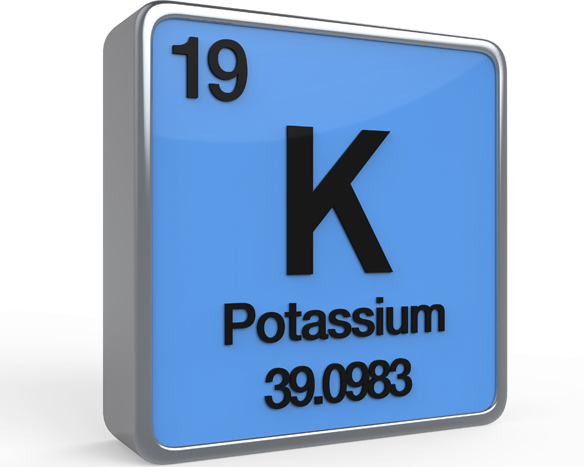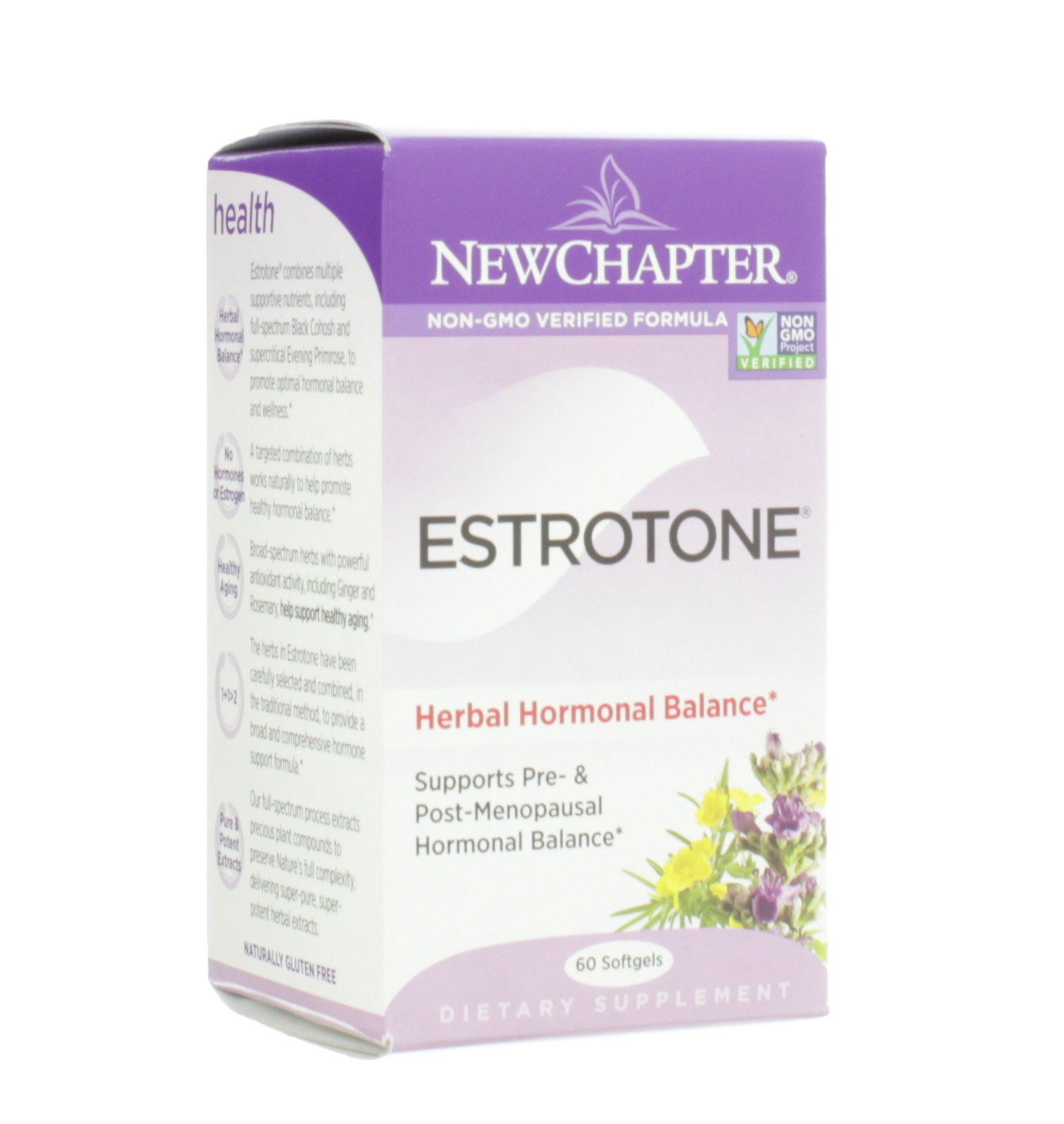45 what vitamins and minerals are required on the new food labels
Food Labels | CDC If you eat the whole thing, you are eating 8 times the amount of calories, carbs, fat, etc., shown on the label. Total Carbohydrate shows you types of carbs in the food, including sugar and fiber. Choose foods with more fiber, vitamins, and minerals. Choose foods with lower calories, saturated fat, sodium, and added sugars. Avoid trans fat. Where are the vitamins and minerals on a nutrition labels? The Nutrition Facts label may include the following 14 minerals: Calcium, chloride, chromium, copper, iodine, iron, magnesium, manganese, molybdenum, phosphorus, potassium, selenium, sodium, and zinc are some of the minerals found in the human body. On a nutrition label, how are ingredients listed?
New Food Label Spotlight: Vitamins and Minerals - Food and ... Calcium and iron will remain on the label. Though manufacturers can continue to list vitamin A and vitamin C on their labels if they wish, vitamin D and potassium are the new heavy hitters.

What vitamins and minerals are required on the new food labels
› nutritionsource › food-labelUnderstanding Food Labels | The Nutrition Source | Harvard T ... Chile implemented the Law of Food Labeling and Advertising in 2016, comprised of mandatory front-of-package (FOP) warning labels, restrictions on child-directed marketing, and the banning of sales in schools of all foods and beverages containing added sugars, sodium, or saturated fats that exceeded set nutrient or calorie thresholds. [1] What's New With Food Labels in 2020 | Allrecipes Manufacturers may voluntarily declare the gram amount for other vitamins and minerals too. This can help people with varying diets better calculate their intakes. Vitamin D and potassium are now required on the label. Calcium and iron will continue to be required, but Vitamins A and C will no longer be. "Calories from Fat" is being removed. Nutrition Labels 101: What's Required ... - Medallion Labs Vitamin D, Potassium, and the minerals, calcium and iron, will now state exact amounts along with their daily value percentage. Vitamins A and C will no longer be required on the FDA's Nutrition Facts labels (though manufacturers may still include them if they choose), while Vitamin D and Potassium will now be required.
What vitamins and minerals are required on the new food labels. › vitaminsInteractive Nutrition Facts Label - Food and Drug Administration Food manufacturers may voluntarily list the amount and %DV of other vitamins and minerals per serving on the Nutrition Facts label, but they are required to list any vitamins and minerals that are added to the food or if a statement is made on the package labeling about their health effects or the amount contained in the food (for example ... foodinsight.org › the-nutrition-facts-label-itsThe Nutrition Facts Label: Its History ... - Food Insight Mar 09, 2020 · Vitamins and minerals. There are four vitamins and minerals that are required to be listed on every updated Nutrition Facts label: vitamin D, calcium, iron and potassium. While calcium and iron were also required before the latest update, vitamin D and potassium are new to the list, replacing vitamins A and C. What's new with the Nutrition Facts label? - Harvard Health Vitamin D and potassium will now be required; vitamins A and C will no longer be required, since deficiencies of these vitamins are rare today. Calcium and iron will continue to be required. Manufacturers must declare the actual amount, in addition to percent daily value, of vitamin D, calcium, iron, and potassium. Chapter 8 - Nutrition Flashcards | Quizlet Based on the changes to food labels announced in 2016, which vitamins and minerals are required on the new label format? (Choose every correct answer.) vitamin D
Vitamins and Minerals - Nutrition.gov Vitamins and Minerals Chart. HHS, Food and Drug Administration, Center for Food Safety and Applied Nutrition. Learn about the functions that each vitamin and mineral performs in the body. How to read the new food nutrition facts label - CNET The nutrients portion of the label now shows vitamin D, calcium, potassium and iron. The old label reported amounts for vitamin A, vitamin C, calcium and iron. The changes reflect the fact that... › rdasRecommended Daily Intakes and Upper Limits for Vitamins and ... See Your Nutritional Requirements The table below provides the daily intakes of vitamins and minerals by age, gender, and life stage based on the latest Recommended Daily Allowances (RDAs) and Adequate Intakes (AIs), as well as Tolerable Upper Intake Levels (ULs) developed by National Academies of Sciences, Engineering, and Medicine. KIN Chapter Eight Flashcards | Quizlet Food labels on processed foods in the United States must indicate. the serving size for the food. ... which vitamins and minerals are required on the new label format? calcium iron potassium vitamin D. If dietary supplements were regulated in the same way as FDA-approved medications, they would be required to. show proof of purity.
› vitamins-and-mineralsVitamins and minerals - Food and nutrition | NHS inform Apr 30, 2020 · More about vitamins. Minerals. Minerals include calcium and iron amongst many others and are found in: meat; cereals; fish; milk and dairy foods; fruit and vegetables; nuts; Minerals are necessary for 3 main reasons: building strong bones and teeth; controlling body fluids inside and outside cells; turning the food you eat into energy; Trace ... What You Need to Know About Food Labelling in 2022 - What ... if the manufacture adds additives such as vitamins and minerals the product makes a health or nutritional claim on the packaging (i.e. "high in Vitamin A") You also need to inform the customer if your product contains sweeteners, sugars, liquorice, aspartame, colouring, caffeine, and polyols. Preparation Instructions Food labeling: MedlinePlus Medical Encyclopedia VITAMINS AND MINERALS Vitamin D, calcium, iron, and potassium are the only micronutrients required to be on the food label. Food companies can voluntarily list other vitamins and minerals in the food. PERCENT DAILY VALUE (% Daily Value) Many nutrients include a percent daily value (%DV). Top 12 most asked questions about the new food labels ... Vitamin D is important for its role in bone health, and potassium helps to lower blood pressure. Calcium and iron are already required and will continue to be on the label. 8. Why are you no longer requiring vitamins A and C?

32 Which Of The Following Vitamins And Minerals Is Not Mandatory On A Food Label_ - Labels ...
What vitamins are required on the nutrition label? The label must include fat, saturated fat, cholesterol, total carbohydrate, fiber, sugars, protein, vitamins A and C, calcium, and iron. If the corporation so desires, other nutrients may be listed. On nutrition labels, how is iron listed? Under the new nutrition label requirements, the DV for iron will remain at 18 mg.
Go Further with Food: Get to Know the New Nutrition Facts ... Nutrition information had to appear only on foods making a nutrition claim or if they were fortified with vitamins, minerals or protein. Then, on May 8, 1994, the Nutrition Facts label was born, and although by now we may take the label for granted, it is arguably the most viewed piece of graphic design in American society.
pets.webmd.com › dogs › feeding-puppyNutritional Needs of Puppies - WebMD Vitamins and minerals. "Complete" and "balanced" puppy foods have the right amounts of vitamins and minerals. Water. Although canned puppy food contains up to 78% water and can provide some of your puppy's water needs, it's not enough. Dogs of all ages should always have a source of fresh, clean water available to them.

35 Which Of The Following Vitamins And Minerals Is Not Mandatory On A Food Label? - Label Design ...
Changes to the Nutrition Facts Label - FDA The changes include modifying the list of required nutrients that must be declared on the label, updating serving size requirements, and providing a refreshed design. The current Nutrition Facts ...
Learn How the Nutrition Facts Label Can Help You Improve ... Nutrients Required on Label Vitamin D and potassium values are required. Calcium and iron will continue to be required. Vitamins A and C will no longer be required but can be included on a voluntary basis. Slight Decrease in Sodium Allowance The daily limit for sodium decreased slightly from 2,400 mg per day to 2,300 mg per day.
The New FDA Food Label 2020: What Has Changed - Greatist The FDA's new and improved nutrition facts label makes it easier for you to recognize and understand the basics about the food products you buy. Some info on the new label is highlighted while ...
Big Changes to Food and Supplement Labels - I Am Herbalife ... Finally, daily values (DV) for sodium, dietary fiber and vitamin D are being updated to align with the Institute of Medicine's recommended intakes and the 2015-2020 Dietary Guidelines for Americans. This is the first update to the label since 2006, when Trans Fat was added, and manufacturers will need to implement the new label by July 2018.
How Will Nutrition Labels Change in 2020 - Medallion Labs Changes to Vitamins and Minerals. Vitamin requirements are also changing with the new regulation. This change comes as a response to studies on modern health. Vitamin A and vitamin C will no longer be required on nutrition labels because, nowadays, Americans rarely have deficiencies in these vitamins.




Post a Comment for "45 what vitamins and minerals are required on the new food labels"